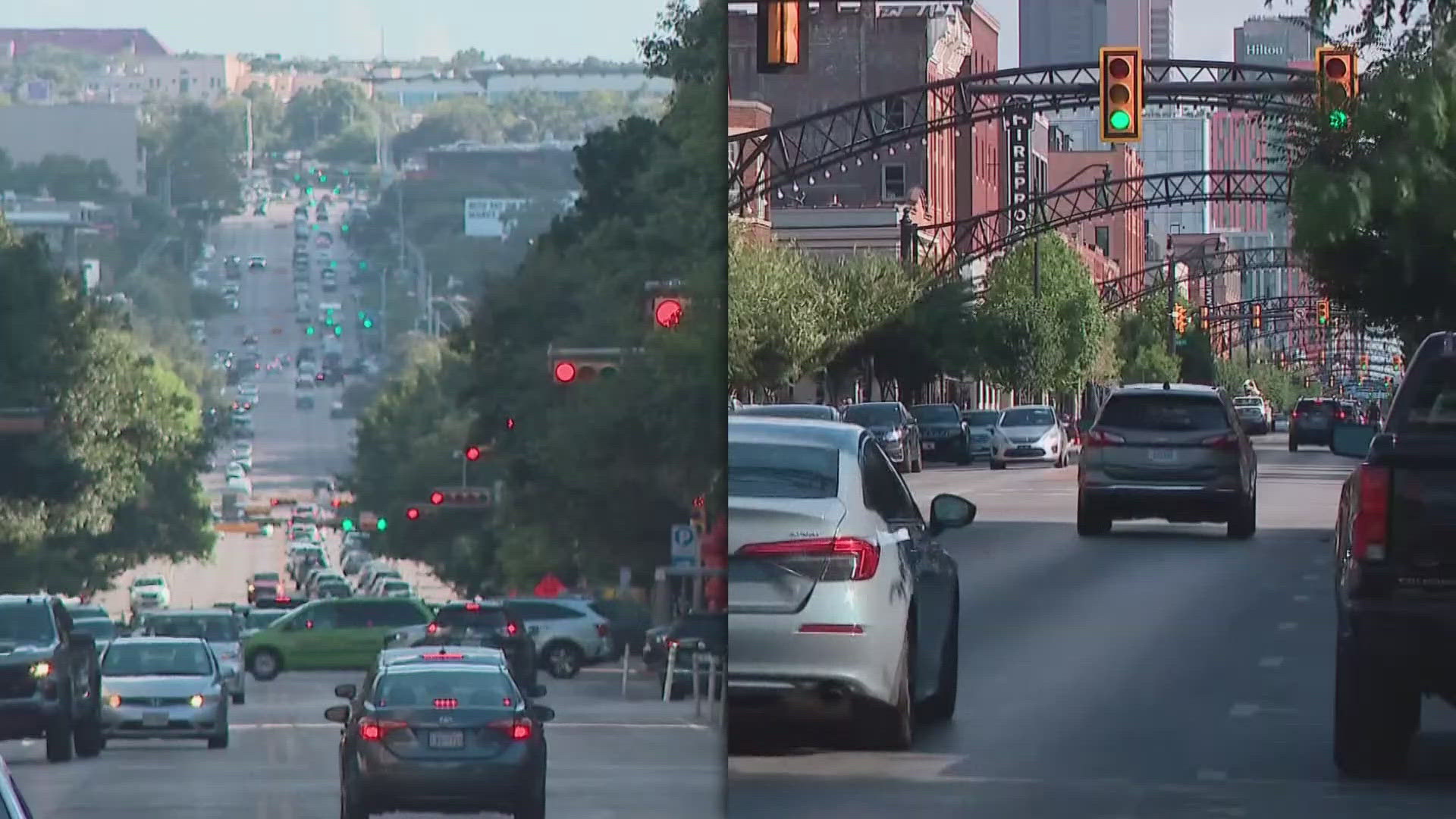AUSTIN, Texas — Austin, Texas and Columbus, Ohio.
Both are state capitals with rivers running through them, are similar in population size and are booming with development. Central Texas has Dell and Samsung while central Ohio has Intel, Microsoft, Amazon and more.
This story is part of 10TV's "Boomtown" initiative — our commitment to covering every angle of central Ohio's rapid growth. This includes highlighting success stories, shining a light on growing pains and seeking solutions to issues in your everyday life.
“The transformation here in the last quarter century has been, its jaw-dropping really,” said Jason Reece, vice provost for urban research and community engagement at The Ohio State University.
He said in order to look forward, it's important to look back at how the central Ohio boom came to fruition.
“One historical factor that I think is often overlooked is in the 1950s, Columbus decided to become very proactive in annexing as much land from the suburbs as possible,” Reece said.
He explained how that decision set them apart from some other Ohio cities.
“That one decision grows the city from about 50 square miles to over 200 square miles by the 1980s. That meant unlike Cleveland and unlike Cincinnati which was landlocked by its suburbs, Columbus didn't really see a period of decline that impacted quality of life like you've seen in some of the other traditional rustbelt cities,” he said.
The comparison today to Austin is no mistake. In fact, it's been on the radar for decades.
Columbus Chamber of Commerce President and CEO Don DePerro recalls a time when he and other city leaders knew big tech would soon be on the horizon.
"The diversity of the economy about 20 years ago, our community leaders took a trip and we went to Austin, Texas,” DePerro said. “We wanted to meet with the executives from Dell. We wanted to see what it was to have a tech-based community.”
But since then, Austin city leaders admittedly made some mistakes.
Austin Vice Mayor Leslie Pool told 10TV’s Angela An that housing is one of their biggest challenges today.
“I do think that if we had been able to get to the place we are at today with home and the changes to the land development code… if we had been able to do that five to eight years ago, we would be ahead of the game,” said Pool.
It’s a challenge some planning experts in Columbus say is already here.
“We’re building currently about half as much housing every year as we'd need just to keep pace with our growth,” said Reece.
From Austin to Columbus, it’s clear each idea and each decision from Austin is critical to stay ahead of the boom.
“We could conceivably become the largest economic development in the history of the United States,” DePerro said.

